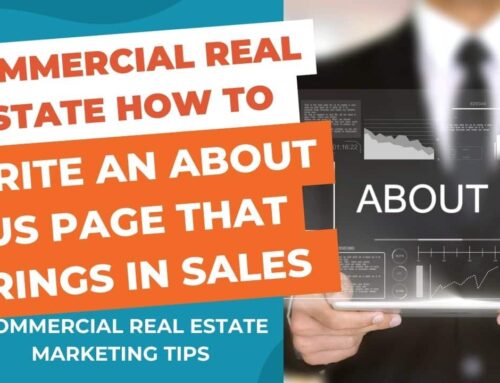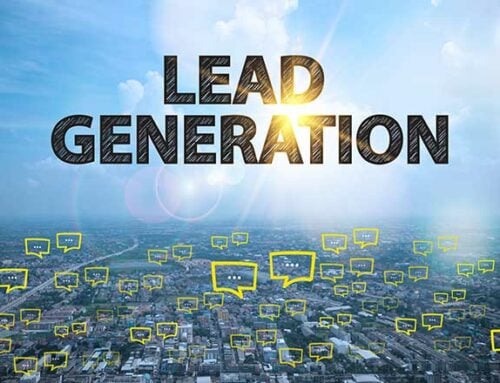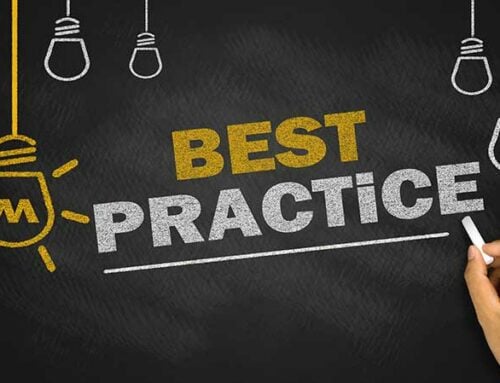A company or personal commercial real estate website can become a major source for lead generation, making it an important purchase decision. Once you’ve decided to create your own website, it would be beneficial for you to consider the entire project’s cost and how they fit in with the bigger picture. Researching and budgeting are crucial to ensure you get your money’s worth as it can help you avoid costly mistakes which can impact your bottom line. If you’re trying to figure out what a good price would be for a website, we’re here to help you figure out the right amount to invest with our simple tips.
1. Understand your business costs
Before you even think about starting your website, you need to figure out how much you can actually afford to pay for it. This requires an analysis of your expenses and revenues to make sure you don’t exceed your budgets.
Keep in mind that having a website is not a one-time investment it also includes the cost that must be paid in perpetuity. This is why you should consider both short-term and long-term costs before you come up with the budget for your website. Check out our Bargain Websites.
2. Define your requirements
Before you can finalize your budget, you need to think about your requirements as they directly impact your website costs and the hours it takes to develop and manage the site. It would be best if you focused on determining the main purpose of your website along with any features or ideas you might want to incorporate in the layout and content.
It is also a good idea to search for some technical details regarding website performance, including loading time, so you can set relevant benchmarks to ensure the website meets your standards. Check out our Custom Websites.
3. Main website costs
Now let’s take a look at the major factors that can affect your website development costs. The following factors must be considered before creating your website as they determine the total hours required for website development, which impacts the cost.
- Domain registration – This is the website address that people use to access your site. This has minimal costs; however, it might have to be renewed after every few years.
- Web design – This includes the overall layout design, color scheme, and graphics integration. This has a high impact on the overall user experience and aesthetic of the website.
- Content creation and CMS integration – Website content has many formats such as written copy photographs, etc. Deciding whether content will be generated in-house or through outsourcing has an impact on costs. A content management system (CMS) such as WordPress also has to be integrated so you can edit your website content. content will be an ongoing cost for your company as it needs to be continuously updated
- Web development – This includes converting the design to a fully interactive website for use on different devices. The time required for web development varies according to the website’s functionality and components, which affects the cost as well.
- Hosting and maintenance – once the website is launched, you need two hosted on a server that also requires ongoing maintenance to ensure your website is updated and accessible. These costs have to be paid monthly.
If you want some custom tools and features incorporated, you have to pay extra as integration might require more time in terms of web development.
4. Pricing
Coming to the most important part; what should be the actual price of your website? No two websites are alike, which is why they have different requirements and costings. With websites, you end up getting what you pay for in terms of design and functionality, but you can expect to pay around $3000 for a good, lead-generating website. Check out our website design price list.






